Ever seen someone write “반짝반짝 (banjjak banjjak)” for twinkling stars, or “쿵쿵 (kung kung)” for loud footsteps?
Korean is rich in onomatopoeia and mimetic words, many of which repeat syllables to reflect sound, motion, and emotion.
In Korean, there’s even a distinction between:
- 의성어 (uiseongeo) — sound words (like bang, meow)
- 의태어 (uitaeeo) — mimetic words that describe motion or states (like trembling or shining)
This makes Korean very similar to Japanese in its approach to onomatopoeia.
What Are Korean Onomatopoeia Like?
Korean sound words are full of rhythm and emotion:
- 멍멍 (meong meong) — dog barking
- 똑똑 (ttok ttok) — knock knock
- 쿵쿵 (kung kung) — thudding footsteps
- 반짝반짝 (banjjak banjjak) — twinkle twinkle
- 두근두근 (dugeun dugeun) — heartbeat
- 덜덜덜 (deol deol deol) — trembling
Many of these are repeated syllables, creating strong rhythm and sensory feeling — just like Japanese’s “doki doki” or “pika pika”.
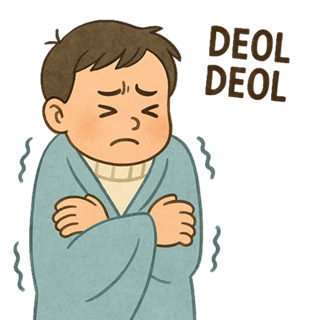
Types of Onomatopoeia (Korean focus)
Just like in many other languages, Korean onomatopoeia can be grouped into several types:
| Type | Description | Korean Examples | Japanese Comparison |
|---|---|---|---|
| Sound-based (의성어) | Real-world noises | 멍멍 (meong meong) — bark, 쿵쿵 (kung kung) — boom | wan wan, don don |
| Motion-based (의태어) | Physical movement or rhythm | 살금살금 (salgeum salgeum) — tiptoeing, 두리번두리번 (duribeon duribeon) — looking around | koso koso, kyoro kyoro |
| Emotion-based (의태어) | Feelings, mood, or internal state | 두근두근 (dugeun dugeun) — nervous, 화들짝 (hwadeuljjak) — startled | doki doki, gyo! |
| Texture-based (의태어) | Softness, stickiness, vibration | 덜덜덜 (deol deol deol) — shivering, 찰랑찰랑 (challang challang) — sloshing | gata gata, chap chap |
| Condition-based (의태어) | Physical or environmental state | (rare) — possible: 끈적끈적 (ggeunjuk ggeunjuk) — sticky/humid? | neba neba, jime jime |
| Visual-based (의태어) | Visual effects like sparkle or flicker | 반짝반짝 (banjjak banjjak) — sparkle, 아른아른 (areun areun) — shimmering | kira kira, yura yura |
Korean onomatopoeia is rich in both sound-based (의성어) and motion-based (의태어) expressions.
Like Japanese, it also has abundant emotion and texture words, often using rhythmic repetition (like 덜덜덜 or 두근두근).
Visual and condition-related expressions also exist, though they may be more context-specific or poetic in use.
How Korean and Japanese Onomatopoeia Compare
| Aspect | Korean | Japanese |
|---|---|---|
| Categories | Clear split (sound vs motion) | Often blends both |
| Structure | Repeated syllables | Repeated syllables |
| Usage | Wide (TV, comics, formal, daily) | Same |
| Nuance | Rhythm + emotion | Rhythm + nuance |
Korean and Japanese are cousins in the onomatopoeia world — both languages use doubled sounds, emotion-mimicry, and even sound-symbolic verbs.
Why Korean Onomatopoeia Are Amazing
- Rhythmic, repetitive, and fun to say
- Great for expressive writing and comics
- Helps learners visualize sound and motion
- Easy to learn once you know the pattern!

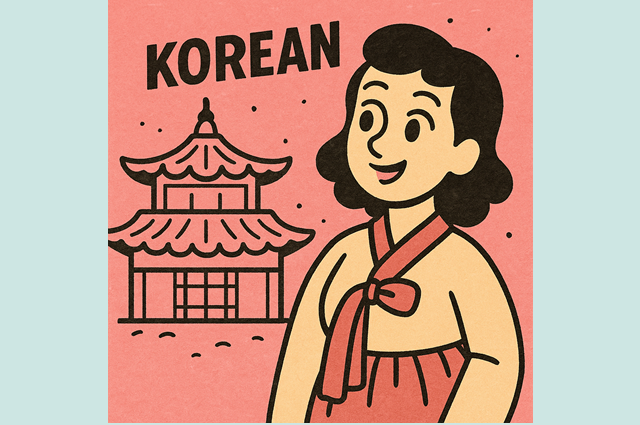
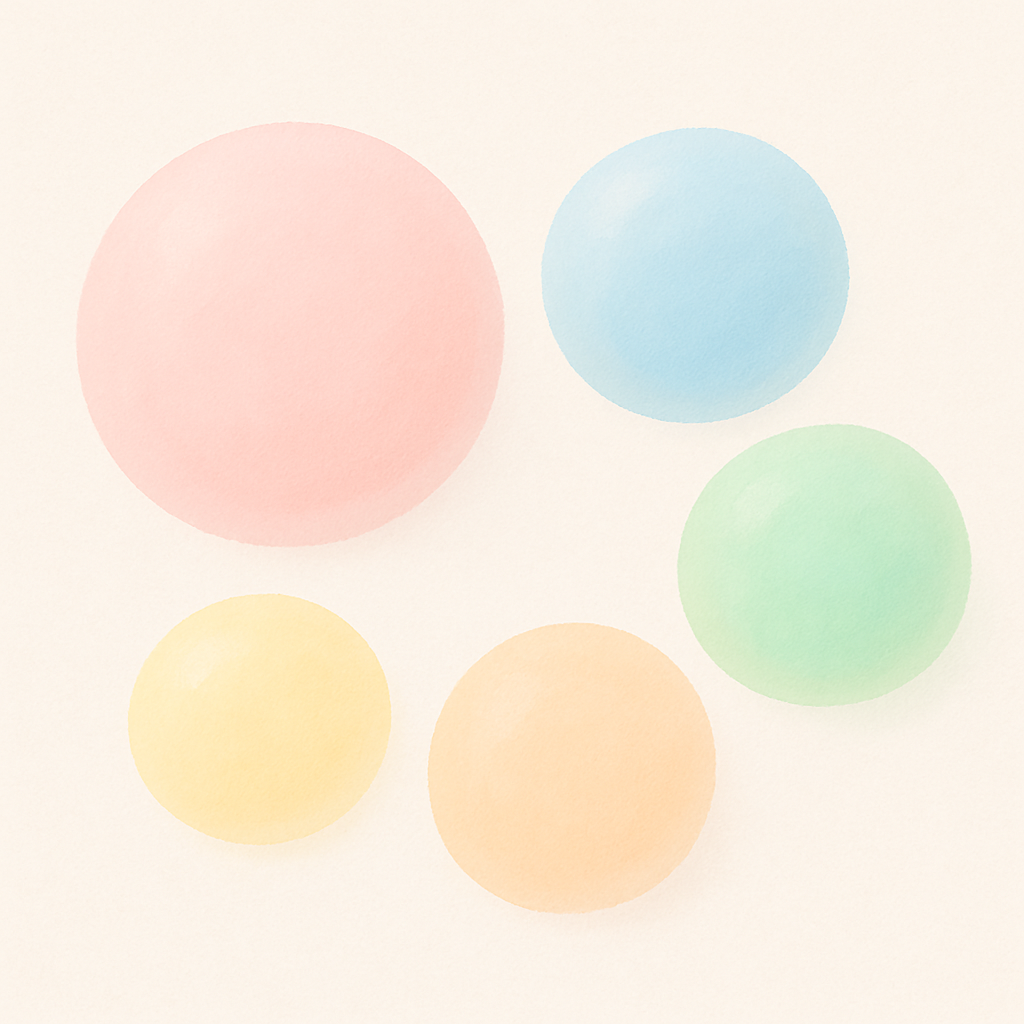

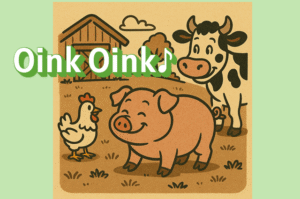




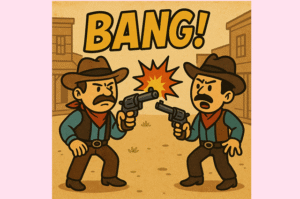


Comments